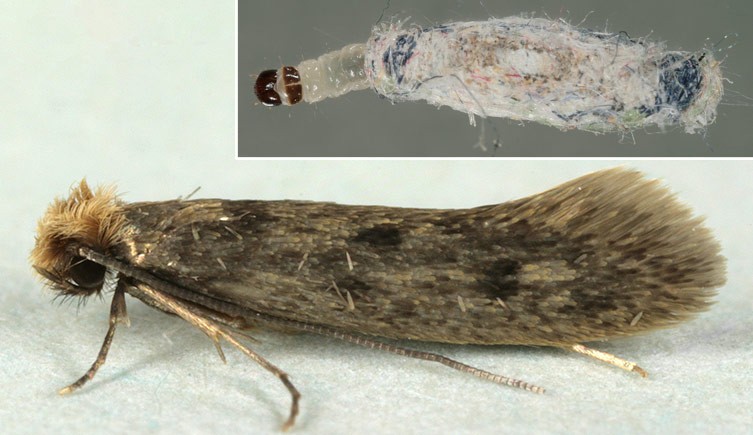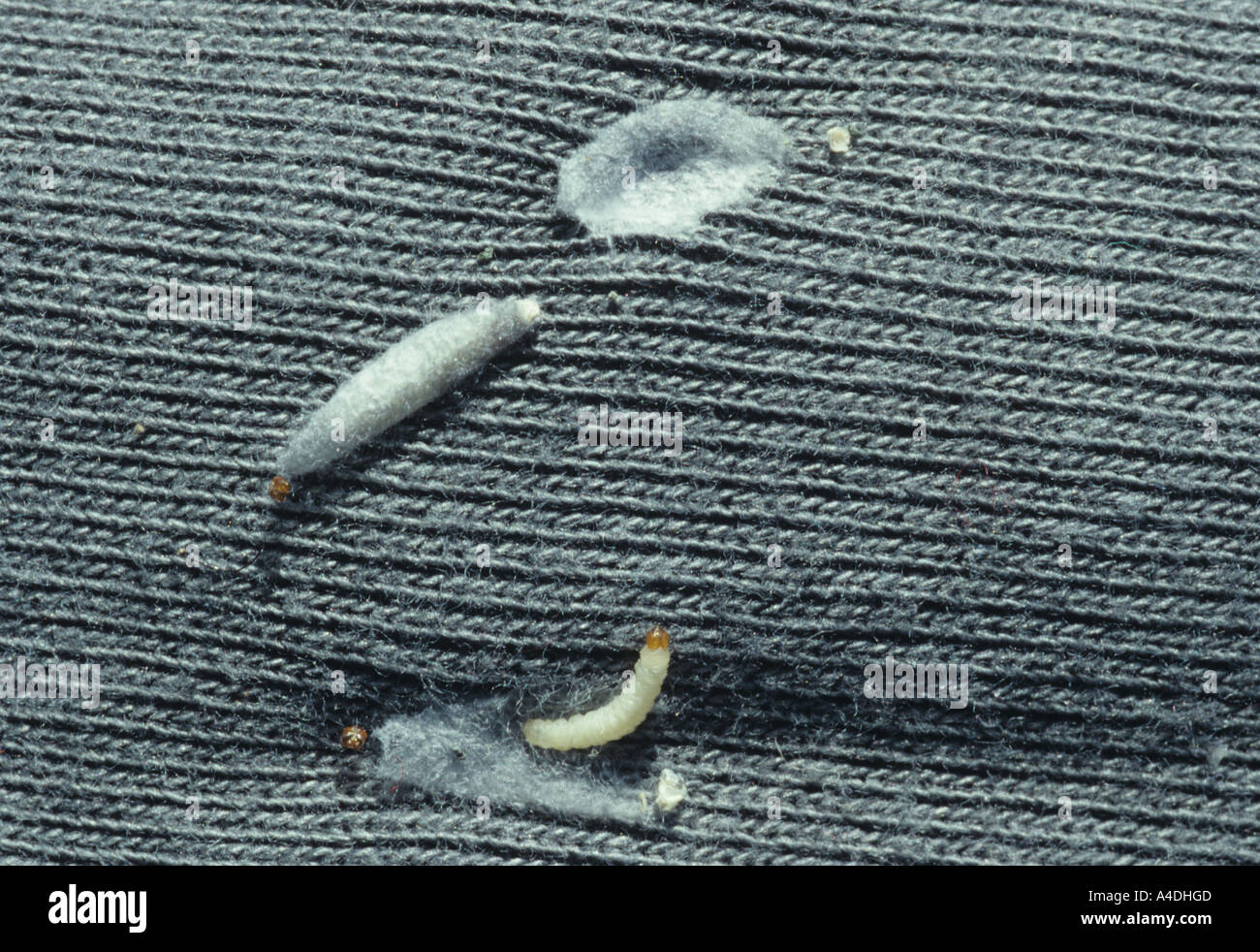Common Clothes Moth Butterfly Conservation

Common Clothes Moth Butterfly Conservation
Also known as the Webbing Clothes Moth, this small pale golden-brown moth has reddish hairs on its head and usually lives indoors. As indicated by its name, its larvae will eat clothes or carpets made of wool or other natural materials but you can deter them from households. The female will lay her eggs close to a source of food. Once hatched, the larvae will feed for at least two months. They are creamy-white with a brown head and they feed from inside a silky tube. Where several larvae live together they can appear to be covered in a dense cobweb-like webbing. They spin a cocoon to pupate in for 1-2 months before emerging as an adult. Flight Times The Common Clothes Moth broods continuously from February to September. Adults are usually active in the late afternoon. Size and Family Family – Tineidae Small-sized Wingspan Range – 9-16mm Conservation Status Common Caterpillar Food Plants The larvae feed on animal materials such as wool, feathers, fur and hair. Habitat They generally live indoors although they are occasionally found in birds’ nests or wasps’ nests. Distribution Countries – England, Wales, Scotland, Ireland This is a common and widely-distributed species across Britain.
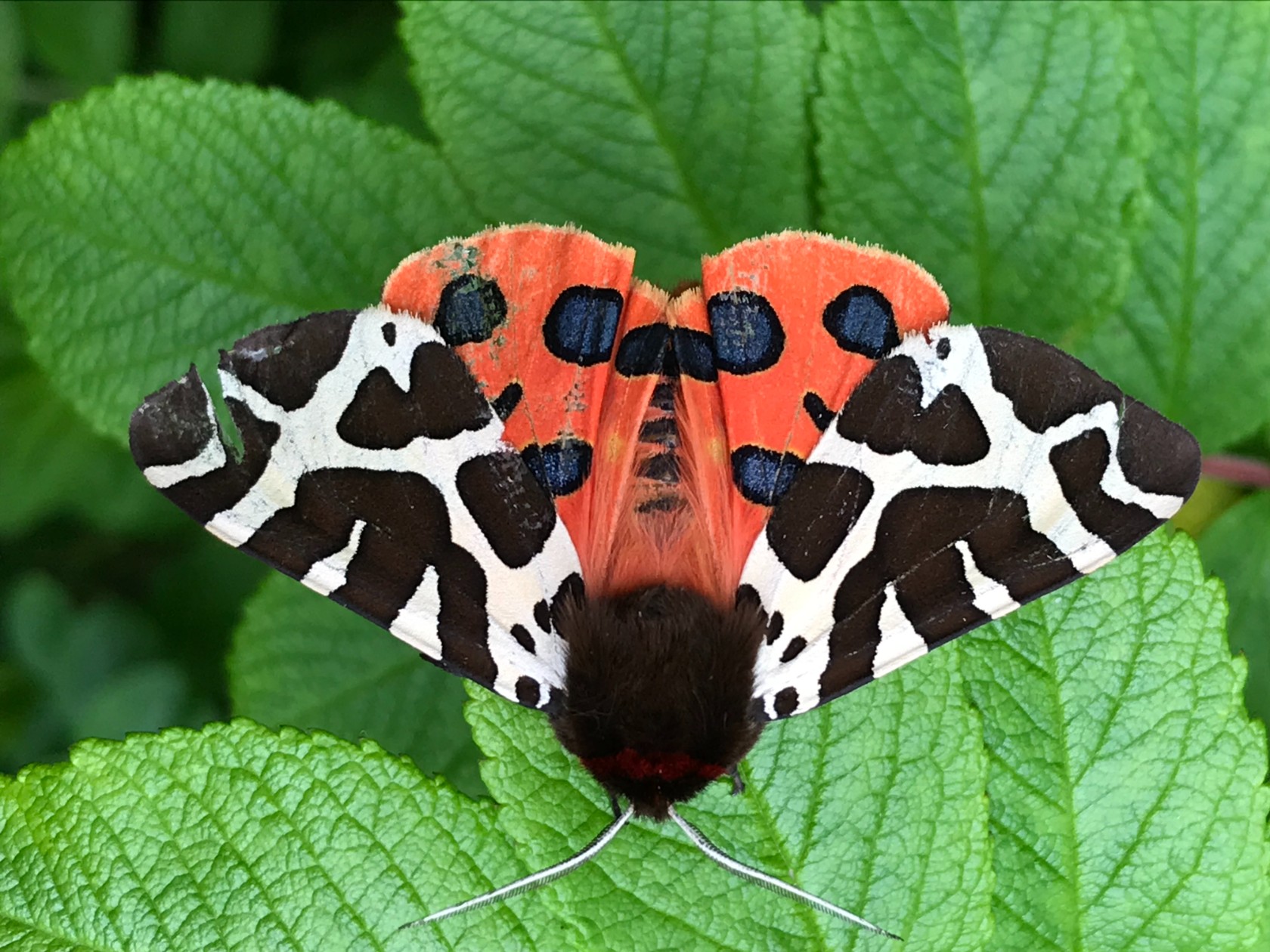
National Moth Night Shetland Amenity Trust
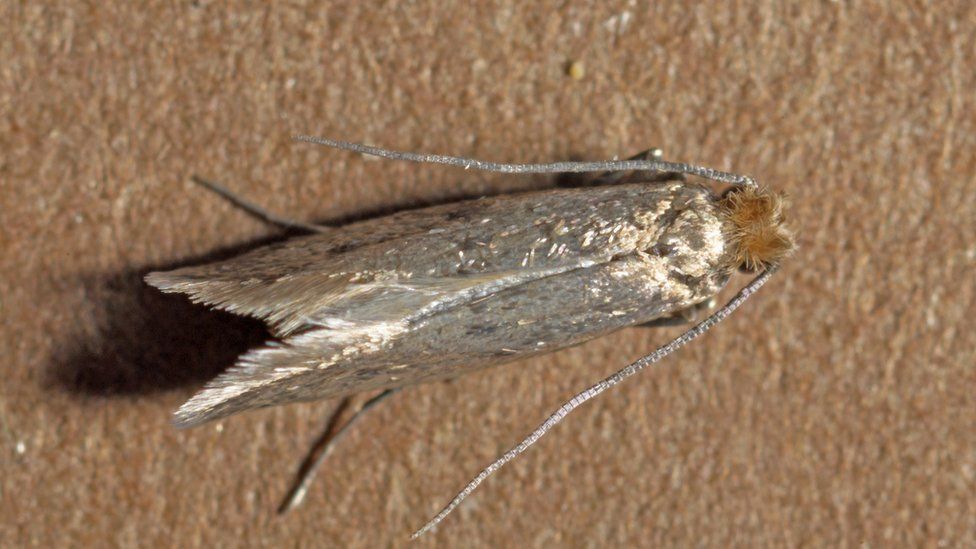
Five facts about the menace of munching moths - BBC Newsround
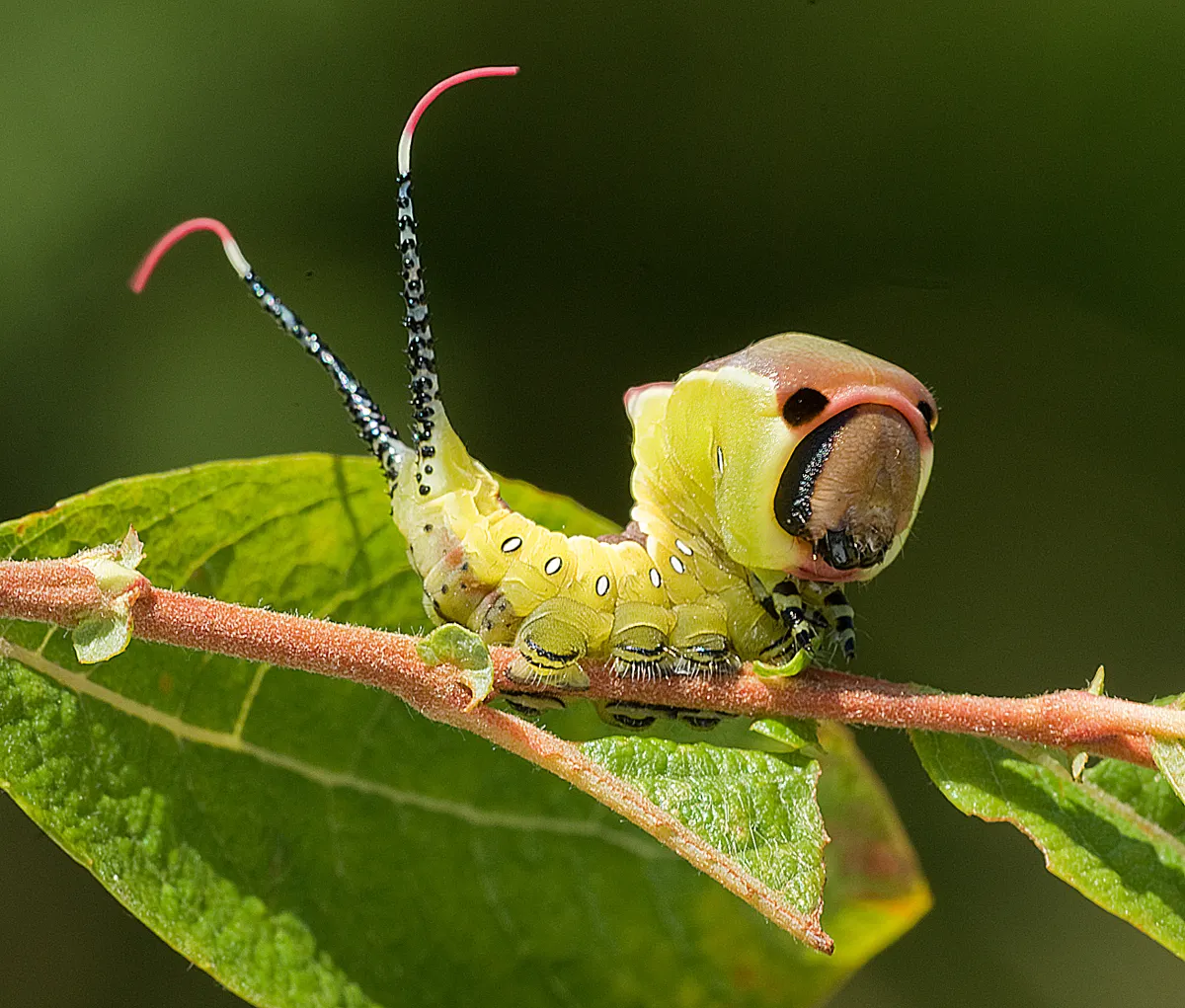
Moths have a bad reputation despite ecological importance
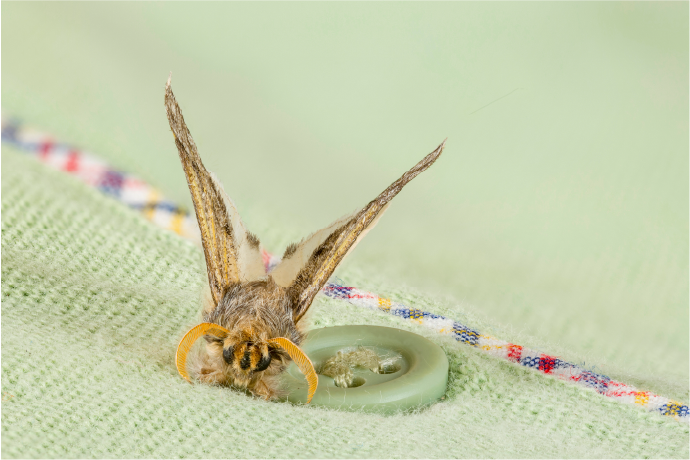
Clothes Moth - How to identify and treat (2022)

Moth - Wikipedia

Common Clothes Moth Butterfly Conservation

3+ Thousand Clothes Moth Isolated Royalty-Free Images, Stock
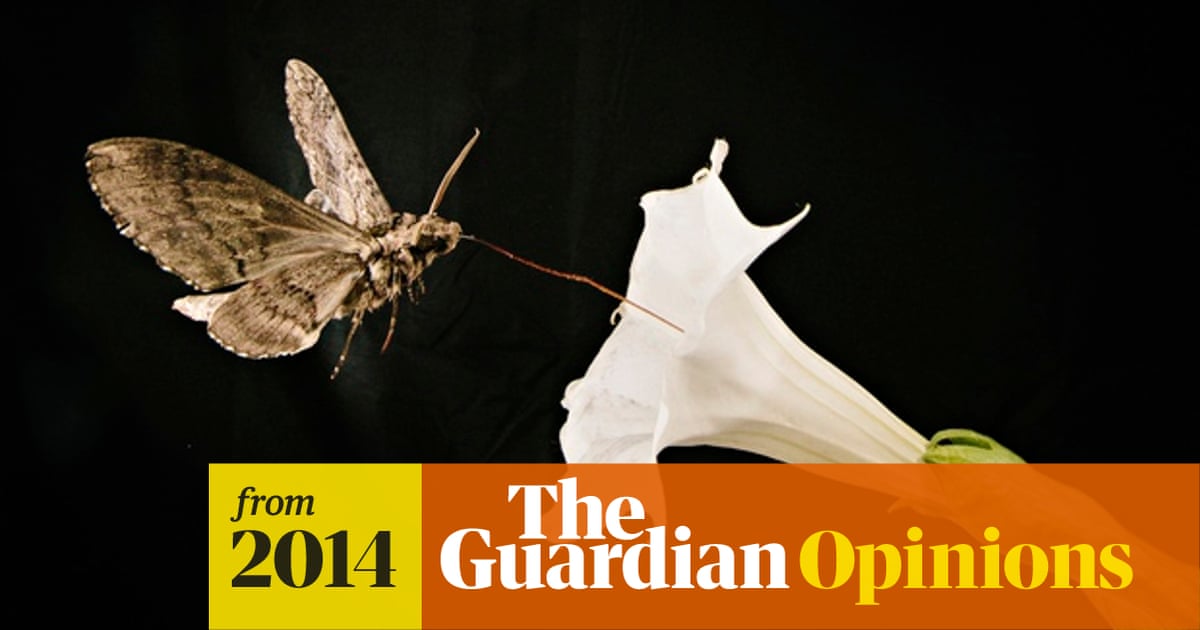
Moths should be loved, not loathed. Only a couple are after your

Butterfly Conservation Northern Ireland
